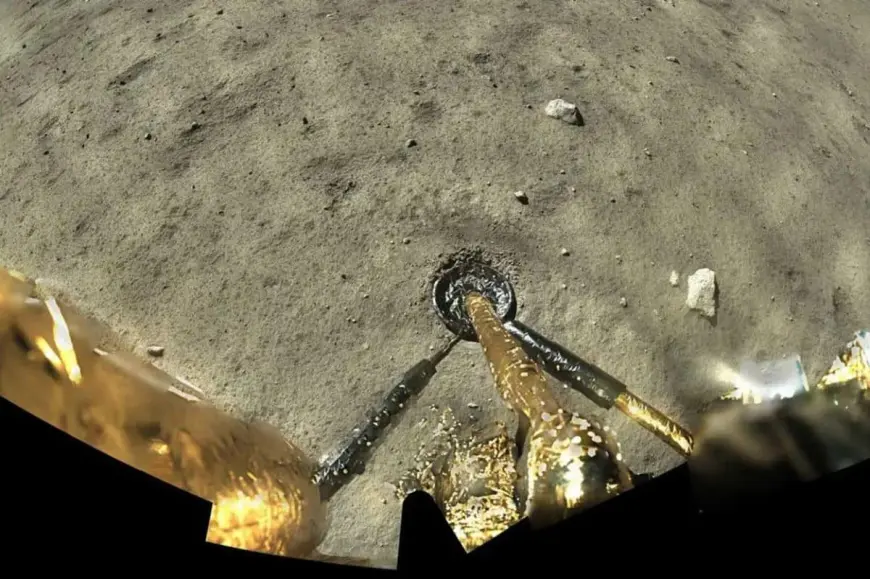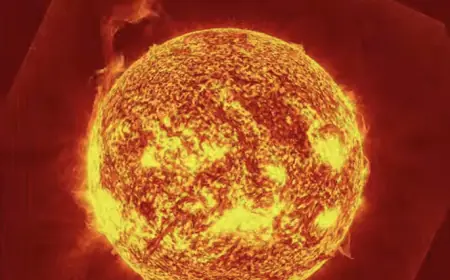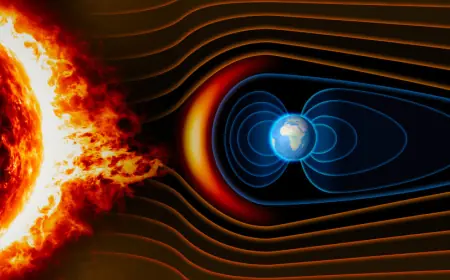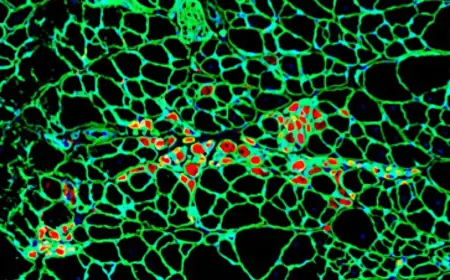A Simple Device Turned Lunar Soil into Water, Oxygen, and Fuel
Using samples collected by the Chang’e-5 mission, Chinese scientists have developed a device that extracts water from lunar soil and recycles carbon dioxide exhaled by astronauts. This compact system runs on solar energy, and according to its creators, it could one day supply lunar settlements with water, breathable air, and fuel.

The Moon has long been considered a potential site for a human base. However, delivering resources from Earth is extremely costly and complex. That’s why researchers around the world are searching for ways to produce vital supplies — such as water, oxygen, and fuel — using materials already available on the Moon.
Lunar regolith, the dusty and rocky surface layer that covers the Moon, contains small amounts of water locked within minerals. But extracting this water has traditionally required a lot of energy and complex equipment — making the process difficult under the Moon’s extreme conditions.
Now, a team of chemists and engineers led by Lu Wang of the Chinese University of Hong Kong has proposed a promising solution.
They built a compact, solar-powered device that uses lunar soil and human-exhaled carbon dioxide as raw materials. For their experiments, they used both actual lunar samples returned by China’s Chang’e-5 mission in 2020 and Earth-based analogues that mimic the Moon’s composition and texture.
The working principle is simple: solar heat warms the regolith to temperatures high enough to release the water it contains — both adsorbed on the surface and chemically bound within minerals — turning it into vapor that can be collected. Then, a chemical reaction begins between the water and carbon dioxide. The lunar soil acts as a catalyst in this process.
The result is the production of three key substances: oxygen, hydrogen, and carbon monoxide — all of which have essential uses. Oxygen is needed for breathing, while hydrogen and carbon monoxide can be used as components of rocket fuel. According to Lu Wang, the key catalyst in the reaction is ilmenite (FeTiO₃), a mineral rich in lunar regolith. It helps speed up the reaction when exposed to sunlight, eliminating the need for additional reagents or complex equipment.
However, Wang notes that the current device is just a small-scale prototype — a proof of concept. Scaling it up into a full system capable of supporting an entire lunar colony remains a significant challenge. It must be adapted to extreme lunar conditions: huge temperature swings (from -173°C at night to +127°C during the day), no atmosphere, high solar radiation, and low gravity.
Another complication is that carbon dioxide is scarce on the Moon. It can only be obtained from the air exhaled by astronauts. This means the system would only work effectively in a closed-loop environment, where the waste from one process serves as the input for another.
Nonetheless, the fact that the device uses freely available solar energy and actual lunar soil — without requiring heavy equipment from Earth — opens a new chapter in lunar exploration and resource utilization.



























